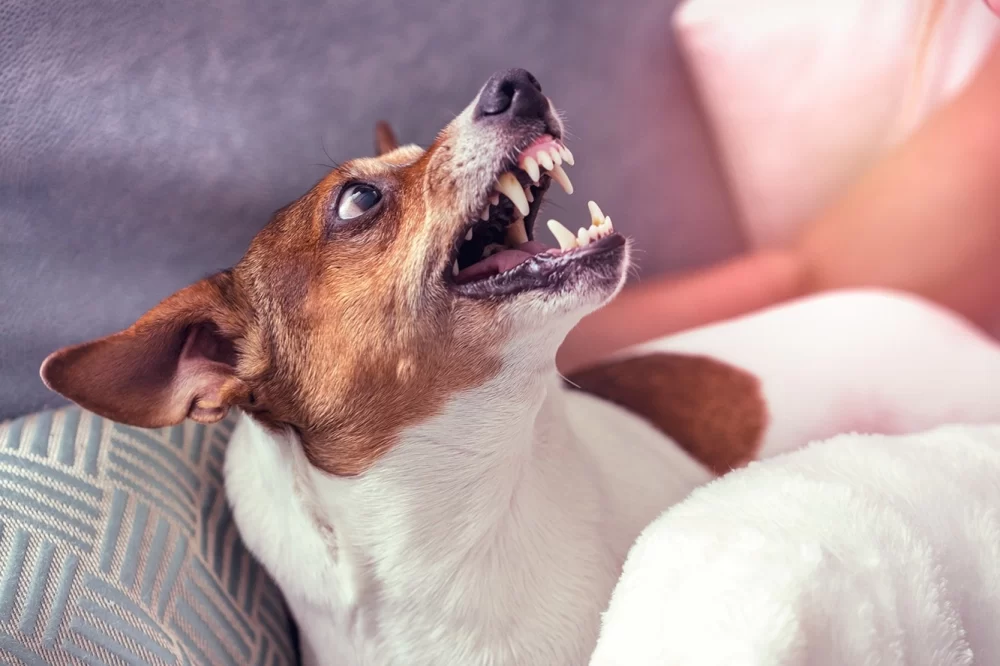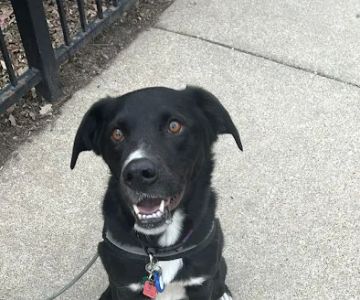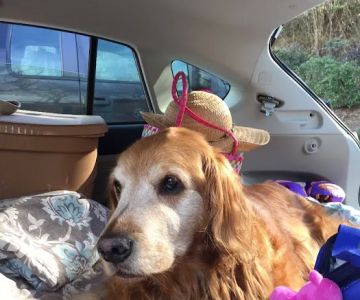- Understanding Dog Possessiveness Over Toys
- Why Do Dogs Become Possessive of Toys?
- How to Stop Dog Possessiveness Over Toys
- Effective Training Methods for Toy Aggression
- When to Seek Professional Help
Understanding Dog Possessiveness Over Toys
Dog possessiveness over toys can be a frustrating and challenging behavior for pet owners to manage. This type of behavior is characterized by a dog’s reluctance to share or allow others to approach their toys. While it can seem like a simple issue, toy possessiveness can lead to aggression or anxiety in your dog, and it can also create tension in a household where there are multiple pets or family members.
In most cases, possessiveness is rooted in a dog’s natural instinct to guard resources. Toys, being a source of enjoyment and comfort for dogs, can be perceived as valuable possessions that need protection. Whether it’s a cherished squeaky toy or a favorite ball, a possessive dog may growl, snap, or even bite anyone who gets too close to their prized item.
Understanding the underlying causes of possessiveness can help pet owners take appropriate steps to resolve the behavior in a way that is both humane and effective.
Why Do Dogs Become Possessive of Toys?
There are several reasons why dogs may develop possessive behavior toward their toys. One of the primary causes is a dog’s natural instinct to protect their resources. In the wild, animals often guard food, shelter, and toys to ensure survival, and these behaviors are sometimes carried over into domestic life.
Other factors that contribute to toy possessiveness include:
- Lack of Socialization: Dogs that haven’t been properly socialized with other animals or humans may be more inclined to guard their toys out of fear of losing them.
- Anxiety: Dogs with separation anxiety or general stress may view their toys as a source of comfort, leading them to become overly possessive.
- Previous Negative Experiences: If a dog has had negative experiences with other pets or people taking their toys, they may develop a protective instinct over time.
- Excessive Reinforcement: Some pet owners unknowingly reinforce possessive behavior by rewarding their dog with attention or treats when they act aggressively toward others regarding toys.
By identifying the underlying cause of the possessiveness, you can begin to address the behavior in a way that will help your dog feel secure without resorting to aggression.
How to Stop Dog Possessiveness Over Toys
Stopping toy possessiveness in dogs requires patience, consistency, and understanding of their behavior. Below are some practical strategies you can implement to reduce possessiveness over toys:
- Teach “Leave It” and “Drop It” Commands: Teaching your dog commands like “leave it” and “drop it” can help them learn that relinquishing toys doesn’t lead to negative consequences. These commands create a sense of control and trust between you and your dog.
- Use Positive Reinforcement: Reward your dog when they allow others to approach their toys without showing possessive behavior. Positive reinforcement, such as treats or praise, can encourage desirable behavior.
- Provide Separate Spaces: If you have multiple pets, provide separate play areas for each dog. This reduces competition and the likelihood of possessive behavior arising over toys.
- Consistent Playtime: Ensuring your dog gets plenty of physical and mental stimulation through playtime can reduce the need to guard toys. Toys should be used in a controlled and safe environment to foster positive experiences.
- Desensitize Gradually: If your dog is overly possessive, try gradually desensitizing them to the presence of others near their toys. Start by sitting close to them while they play, rewarding calm behavior, and slowly progress to having other family members approach their toys without reacting negatively.
By using these methods consistently, you’ll help your dog understand that sharing and allowing others near their toys can be rewarding and positive.
Effective Training Methods for Toy Aggression
For dogs that exhibit more severe possessiveness or toy aggression, more structured training may be needed. Working with a professional dog trainer can provide a more tailored approach to address these behaviors effectively. Some of the methods trainers may use include:
- Counter-Conditioning: This technique involves changing your dog’s emotional response to the presence of others near their toys. Over time, they learn to associate people or other pets near their toys with positive experiences.
- Controlled Exposure: A trainer might use controlled exposure to trigger situations where your dog’s possessiveness is tested in a safe and controlled environment. With repeated practice, your dog learns to control their aggressive impulses.
Working with a professional ensures that you address the root cause of the possessiveness and develop a plan that works best for your dog’s temperament and needs.
When to Seek Professional Help
If your dog’s possessiveness over toys leads to aggressive behavior, or if you’re struggling to make progress with training, it may be time to seek professional help. A professional dog trainer or behaviorist can provide specialized guidance and create a custom behavior modification plan that will help you and your dog overcome toy possessiveness.
Additionally, if your dog’s aggression is causing concern in your household or with other pets, it’s important to address the issue as soon as possible to ensure the safety and well-being of everyone involved.
At Hidden Brook Veterinary, we offer expert advice and resources to help you manage challenging behaviors in your pets. Whether you need training tips or assistance in choosing the right approach for your dog, we are here to support you every step of the way.












